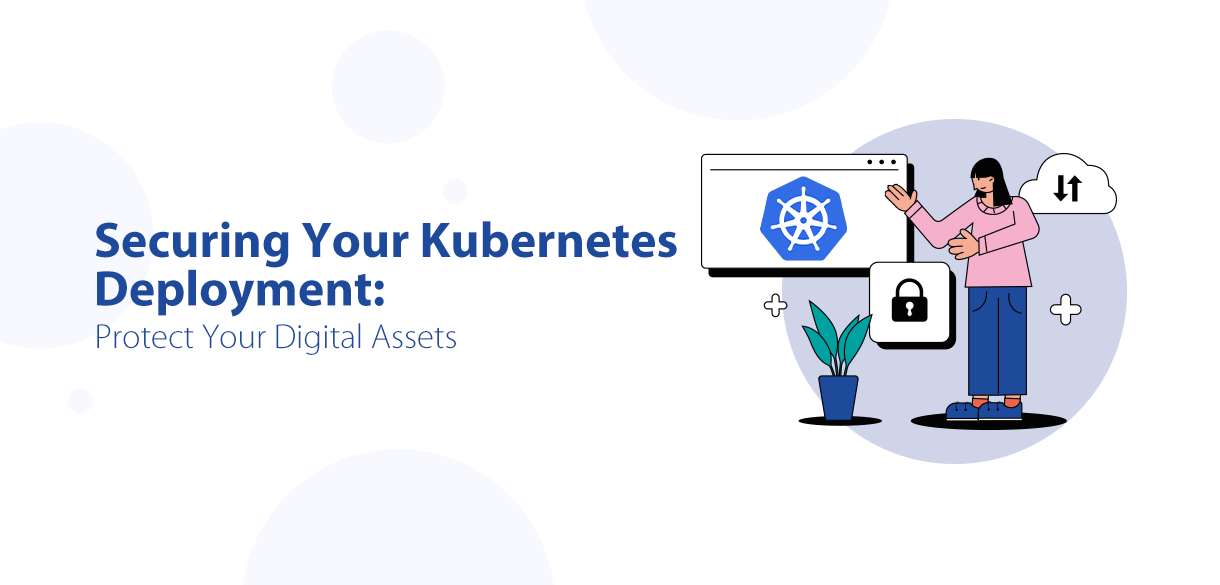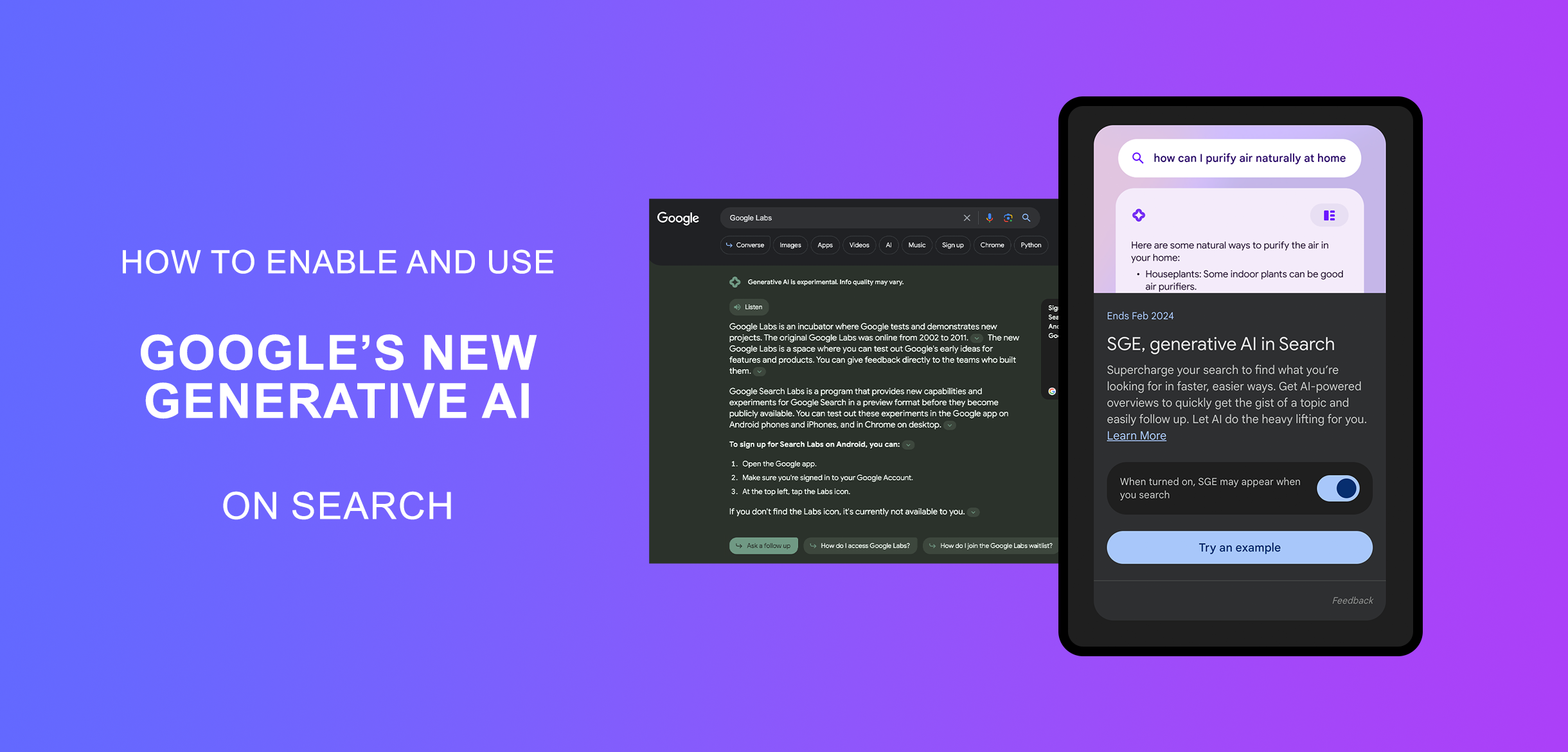Artificial Intelligence (AI) is rapidly transforming industries, with AI agents playing a crucial role in automating tasks and decision-making. The AI Agents Staircase provides a structured framework to understand the progression of AI agents, from foundational capabilities to fully autonomous systems. This blog explores each stage of the staircase, the technologies that define them, and the challenges and opportunities associated with their advancement.
Understanding AI Agents
AI agents are autonomous systems designed to perceive their environment, process information, and execute tasks to achieve specific goals. As these systems evolve, they incorporate increasingly sophisticated capabilities, enabling them to perform complex tasks with minimal human intervention. The AI Agents Staircase framework categorizes this evolution into three levels: Basic, Intermediate, and Advanced.
The AI Agents Staircase Framework
Basic Level
At the foundational level, AI systems are equipped with essential tools and frameworks to process language, store information, and interact with external data sources.
- Large Language Models (LLMs): AI models like GPT, Claude, Gemini, and LLaMA enable natural language processing (NLP), forming the foundation for more advanced AI applications.
- Applications: Chatbots, content generation, translation.
- Embeddings & Vector Databases: AI uses databases like Pinecone, Weaviate, and FAISS to store and retrieve information efficiently.
- Applications: Search engines, recommendation systems.
- Prompt Engineering: Optimizing AI queries to improve response accuracy and efficiency.
- Applications: Enhancing chatbot precision, content generation.
- APIs & External Data Access: Connecting AI to real-time data sources through APIs (e.g., OpenAI API, Hugging Face, LangChain).
- Applications: Dynamic data analysis, real-time integration.
Intermediate Level
At this stage, AI agents enhance reasoning, collaboration, and decision-making capabilities.
- Context Management: AI maintains session history and understands long conversations using tools like LangChain and Retrieval-Augmented Generation (RAG).
- Applications: Customer support systems.
- Memory & Retrieval Mechanisms: AI remembers short-term and long-term information (e.g., ChromaDB, RAG).
- Applications: Personalized AI assistants.
- Function Calling & Tool Use: AI interacts with external tools to execute tasks (e.g., OpenAI Functions, AutoGen).
- Applications: Automated workflows.
- Multi-Step Reasoning: AI breaks complex problems into smaller steps (e.g., Chain-of-Thought Prompting).
- Applications: Business analytics, problem-solving.
- Agent-Oriented Frameworks: AI systems manage multiple agents working together (e.g., LangChain Agents, CrewAI).
- Applications: Multi-agent logistics, project management.
- Multi-Agent Collaboration: AI agents work as teams to complete tasks (e.g., CrewAI, MetaGPT).
- Applications: Software development, collaborative problem-solving.
Advanced Level
At the highest level, AI agents exhibit self-learning capabilities and near-complete autonomy.
- Agentic Workflows: AI executes structured workflows autonomously based on user goals.
- Applications: End-to-end business automation.
- Autonomous Planning & Decision-Making: AI makes independent decisions aligned with user objectives (e.g., Reflexion, Ada Planner).
- Applications: Strategic planning in supply chains.
- Reinforcement Learning & Fine-Tuning (RLHF): AI improves itself by learning from past experiences (e.g., Adaptive AI, AutoRL).
- Applications: Personalized customer service bots.
- Self-Learning AI Agents: AI continuously improves through adaptive learning.
- Applications: Predictive maintenance in industries, healthcare diagnostics.
- Fully Autonomous AI Agents: AI systems complete real-world tasks with minimal human intervention (e.g., Devin AI, OpenDevin).
- Applications: Automating entire factory floors, end-to-end project management.
Future Directions
The continuous evolution of AI agents presents significant challenges and opportunities:
- Developing novel learning algorithms that enable agents to learn from limited data and generalize across domains.
- Creating robust knowledge representation and reasoning techniques for cognitive AI agents.
- Exploring ethical implications of highly autonomous AI systems.
- Developing standardized evaluation metrics to assess AI agent performance and safety.
- Investigating intrinsic motivation in AI, allowing agents to self-improve without human intervention.
Conclusion
The AI Agents Staircase provides a structured roadmap for the progressive development of AI agents, from basic functionality to fully autonomous systems. Understanding these stages is crucial for designing more effective AI systems capable of handling increasingly complex tasks. As AI continues to evolve, new breakthroughs will push the boundaries of what is possible, leading to more sophisticated and independent AI systems that revolutionize industries worldwide.



